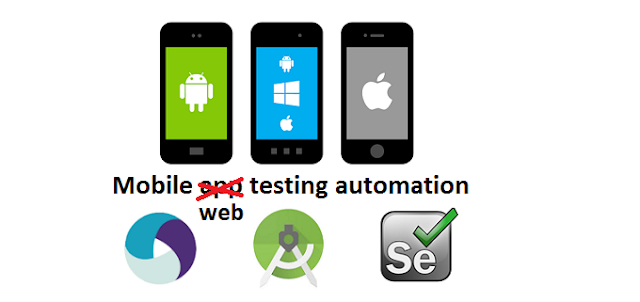TA Basics: Test Framework on Linux (or VM)
At some point I messed up my local test automation setup and I thought, maybe I should do the experimental things in a Virtual Machine. So here is a compact manual for a Ubuntu VM.
For the VM I'm using the open source software VirtualBox from Oracle. There are plenty of manuals for that around on the internet. So I'm not going to cover how to install Virtual box with Ubuntu. www.virtualbox.org
But what I want to cover in this manual is an editor (Visual Studio Code), Ruby, a set of ruby gems (lapis_lazuli, Watir, Selenium-webdriver) and of course the webdriver itself (Geckodriver).
So let's get started.
I downloaded the 32bit debian version from https://code.visualstudio.com/docs/?dv=linux32_deb
After that I followed the guide on https://code.visualstudio.com/docs/setup/linux
For the VM I'm using the open source software VirtualBox from Oracle. There are plenty of manuals for that around on the internet. So I'm not going to cover how to install Virtual box with Ubuntu. www.virtualbox.org
But what I want to cover in this manual is an editor (Visual Studio Code), Ruby, a set of ruby gems (lapis_lazuli, Watir, Selenium-webdriver) and of course the webdriver itself (Geckodriver).
So let's get started.
Visual Studio Code installation
Download the package from https://code.visualstudio.com/I downloaded the 32bit debian version from https://code.visualstudio.com/docs/?dv=linux32_deb
After that I followed the guide on https://code.visualstudio.com/docs/setup/linux
sudo apt install ./<file>.debRuby + gems installation
In the terminal:sudo apt install ruby-full
sudo gem install 'lapis_lazuli' (this will also install watir & selenium-webdriverGeckodriver
Get the latest from https://github.com/mozilla/geckodriver/releases
Extract the geckodriver
chmod +x geckodriver
sudo mv geckodriver /usr/local/bin/Let's see if everything works
cd ~/
mkdir testautomation
cd testautomation
lapis_lazuli create testframework
cd testframework
cucumber
If everything went smooth, you will see Firefox starting up, Cucumber running the tests and at the end showing you the results.
Common errors
Stack to deep errors mean you most likely cannot access the webdriver (it's either missing, or not in correct folder, or the folder is not in your PATH).


Comments
Post a Comment